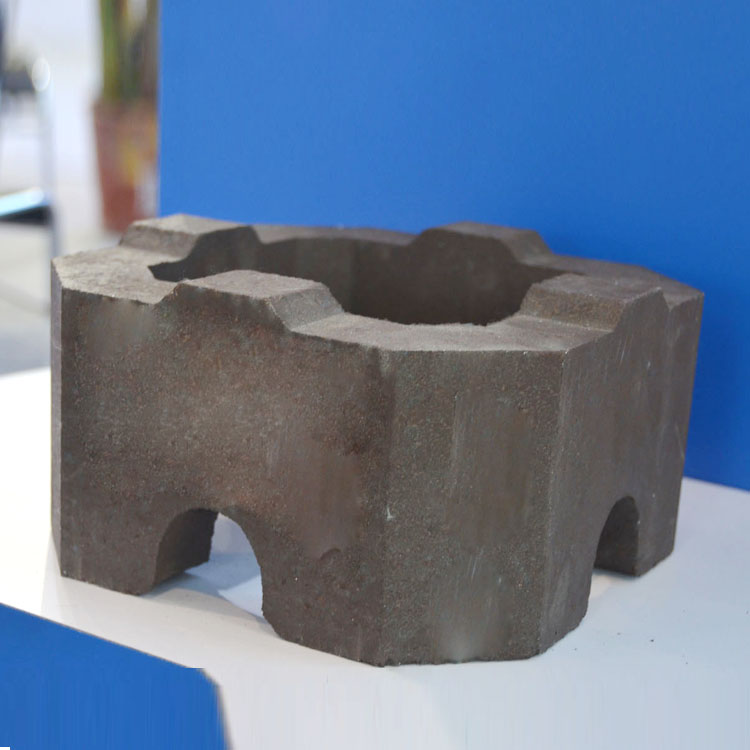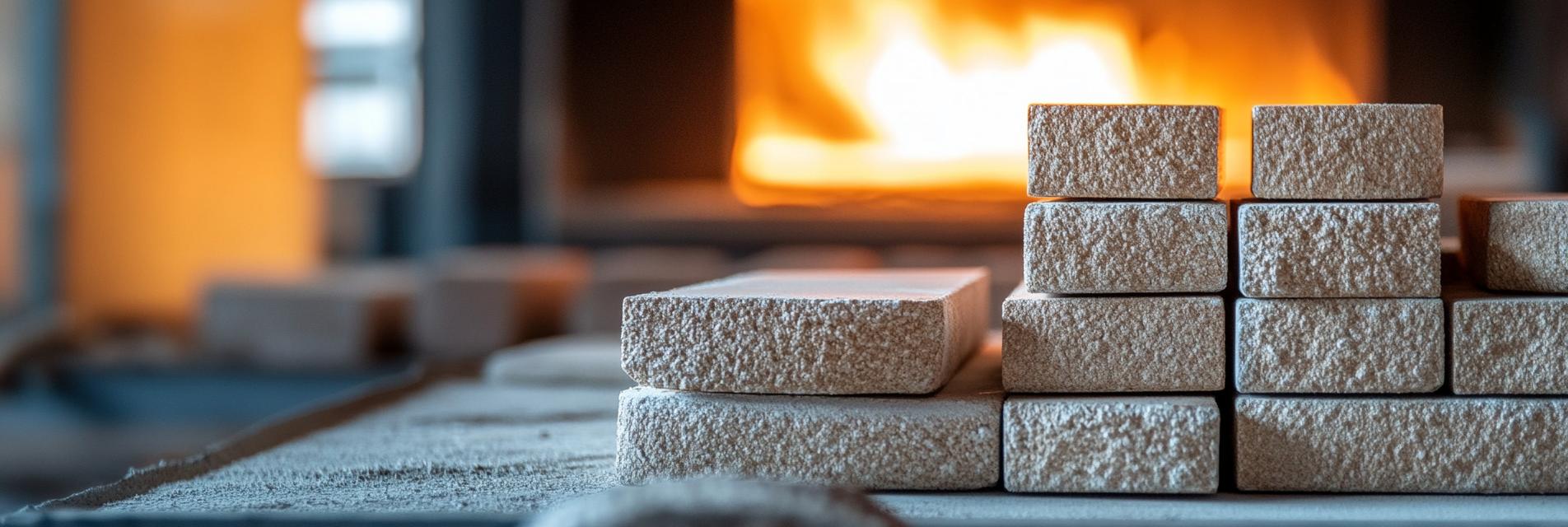.jpg?x-oss-process=image/resize,h_1000,m_lfit/format,webp)
High-temperature industries, such as steelmaking, cement production, and non-ferrous metal smelting, face extreme operating conditions. The equipment in these industries is exposed to high temperatures, corrosive substances, and mechanical stress. For example, in steelmaking furnaces, the temperature can reach up to 1600°C. Under such circumstances, refractory materials are crucial to ensure the normal operation of the equipment and the quality of the products. However, many traditional refractory materials struggle to meet the complex requirements of high-temperature industries, such as poor corrosion resistance and low thermal shock stability. This is where ordinary magnesia-chrome bricks come into play.
.jpg)
Ordinary magnesia-chrome bricks are made from sintered magnesia and refractory-grade chromite ore, combined with silicates. Sintered magnesia is known for its high melting point (up to 2800°C) and excellent chemical stability. It provides the basic strength and high-temperature resistance of the bricks. Refractory-grade chromite ore has good corrosion resistance and can enhance the ability of the bricks to resist the erosion of molten slag and metals. The manufacturing process involves crushing, mixing, molding, and high-temperature firing. The raw materials are first crushed into appropriate particle sizes and then mixed evenly. After that, they are molded under high pressure and fired at a temperature of about 1600 - 1700°C to form the final product.
The performance advantages of ordinary magnesia-chrome bricks are evident. In terms of strength, they have a compressive strength of up to 50 MPa, which can withstand the mechanical stress in high-temperature environments. Their corrosion resistance is also remarkable. Tests show that in a corrosive environment with a high concentration of alkaline substances, the weight loss rate of ordinary magnesia-chrome bricks is only about 5% after 100 hours of exposure, while that of some traditional refractory materials can reach up to 20%. In terms of thermal shock stability, they can withstand rapid temperature changes of up to 1000°C without significant cracking. Compared with magnesia bricks, ordinary magnesia-chrome bricks have better overall performance, especially in terms of corrosion resistance and thermal shock stability.

In the steelmaking industry, ordinary magnesia-chrome bricks are widely used in the lining of electric arc furnaces. A steel plant in Europe replaced the original refractory materials with ordinary magnesia-chrome bricks in its electric arc furnace. As a result, the service life of the furnace lining increased from 300 heats to 500 heats, which significantly reduced the maintenance frequency and production costs. In the cement industry, they are used in the kiln transition zone. A cement factory in Asia found that after using ordinary magnesia-chrome bricks, the kiln's operation stability was greatly improved, and the clinker quality also increased by about 10%. These real - world examples demonstrate the excellent application effects of ordinary magnesia-chrome bricks in high-temperature industries.
In conclusion, ordinary magnesia-chrome bricks offer significant advantages, including high strength, excellent corrosion resistance, good thermal shock stability, and outstanding slag resistance. They are an ideal choice for high-temperature industries, providing reliable support for the stable operation of production equipment, improving production efficiency, and enhancing product quality. If you are currently in the cognitive stage of refractory materials and looking for a high - performance solution for your high - temperature industrial needs, we encourage you to further understand and try our ordinary magnesia-chrome bricks. Contact us today to learn more about how our products can benefit your business.


